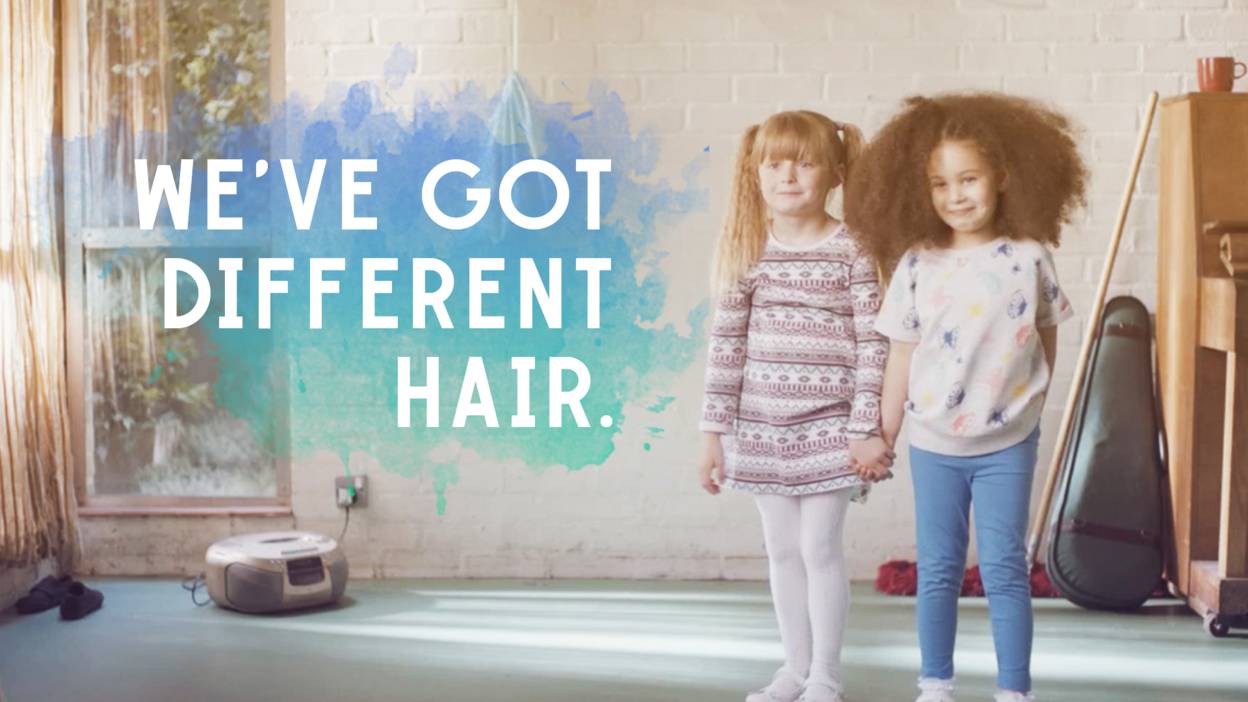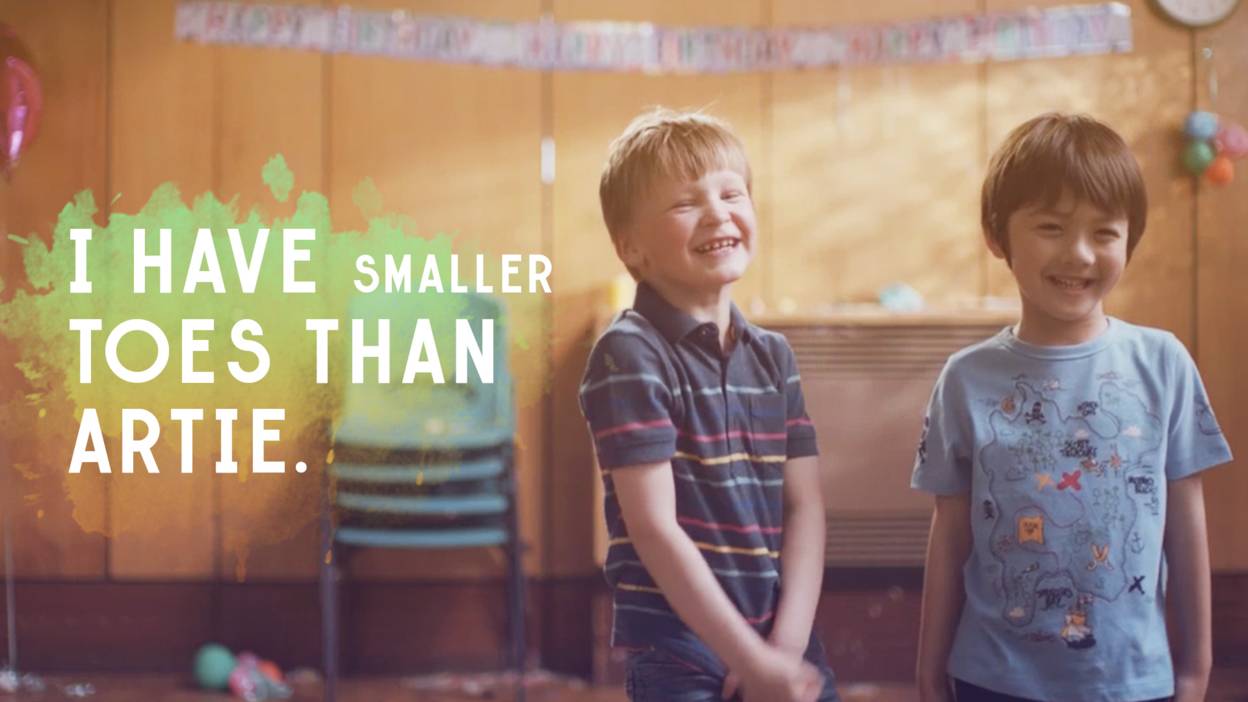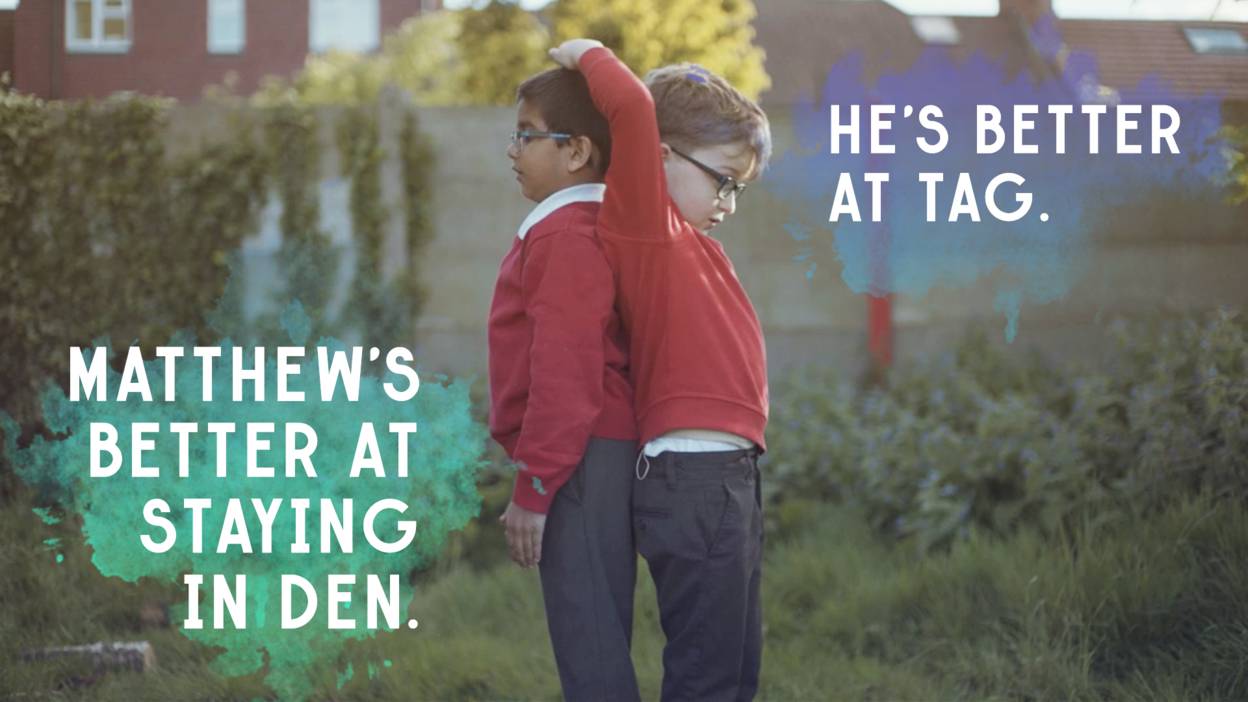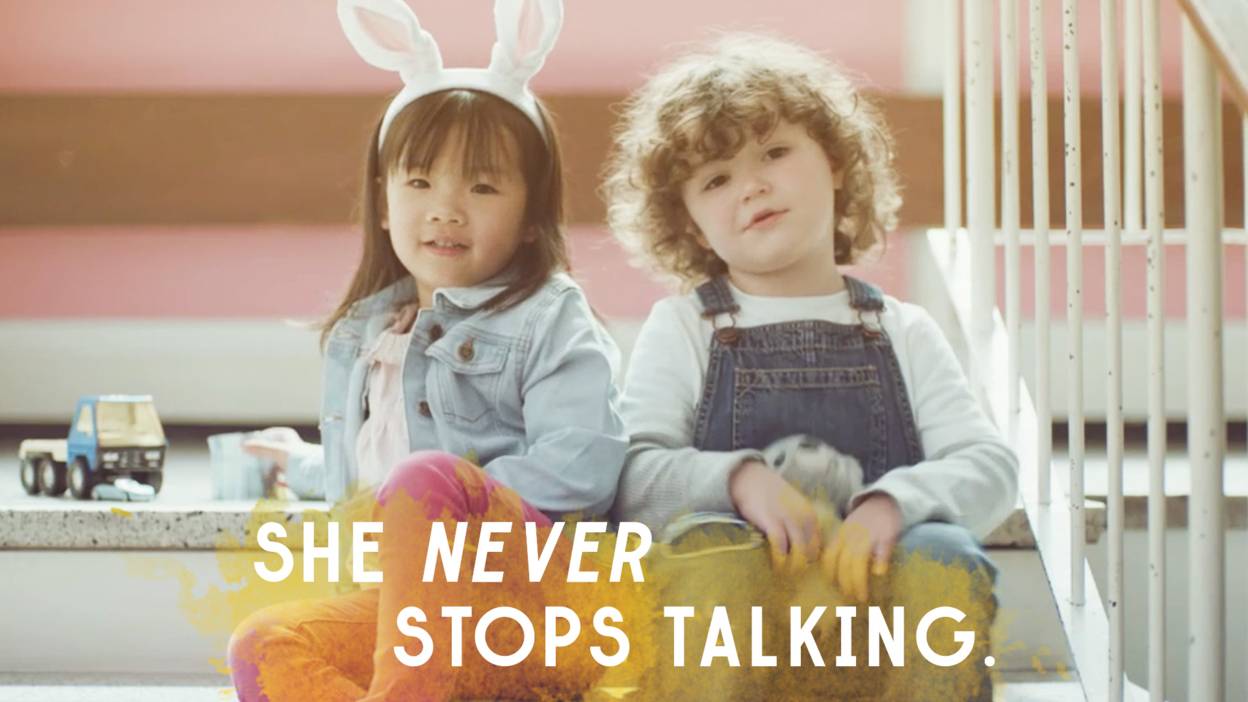
“When it comes to difference, children see things differently.”— What adults can learn about discrimination from kids.
“When it comes to difference, children see things differently.”
A TV station in Denmark, TV2, produced a video earlier this year that tapped into the idea that people of all backgrounds have more similarities than differences. And it went viral. In the video, kids are paired up in twos with their friends, and each are asked the same question: “What makes you two different from each other?”
The lesson for us ‘grown-ups’ comes when you realise that their answers are so far removed from what any adult might have said. At first glance, each kid does look pretty different to their friend — but their replies have nothing to do with skin color, hair color, or race.

The biggest differences kids see between themselves are things like whether or not they like lettuce
“I used to not like lettuce but now I do like lettuce,” proclaims one young lad, his yellow cap pulled on backwards, scruffy hair poking out.
He’s standing next to his friend, who throws back, “I do not like lettuce at all.”
The two appear in a video for UK children’s TV channel CBeebies, in which several pairs of adorable young friends discuss what makes them different from each another.
“She never stops talking,” one kid says of his friend. “I’m not good at dancing,” says another, after which her friend shamelessly pipes up, “I am.”
To adult eyes, there are far more obvious differences between the children. They’re of different ethnicities, they have different levels of able-bodiedness, they have different accents.
But the biggest differences the children can see between themselves are things like whether or not they like lettuce.
‘When it comes to difference, children see things differently,’ reads the message at the end of the video. Scroll down to find out why, and to watch the clip.

Children are never born deciding whether social categorisations are good or bad
“If you asked them outright whether a child had different skin colour to them, they wouldn’t say ‘no’,” Dr Sally Palmer told the BBC.
Dr Palmer is a lecturer in the Department of Psychology and Human Development at University College London. Her research focuses on children’s development.
“Children learn how to group people into categories from a really young age,” she says. “They start categorising people by gender at around two years old, and by race and ethnicity a little after that.”
So it’s not that children don’t see these differences, they just don’t place any importance on them. It’s much more relevant to them whether you like playing tag or eating fish goujons.
In the words of Linda Blair, a clinical psychologist who specialises in families, children and adolescence, “children are never born deciding whether social categorisations are good or bad”.
Between the ages of four and seven, children begin to “copy the adult figures in their lives”, she says. Soon after that, they start questioning what all these social categories actually mean.
Dr Palmer told BBC’s Nick Arnold that children develop a preference for people in the same social category as themselves "in early childhood", and she has recently co-authored a chapter that investigates how social groups can influence children’s inclusivity of each other.
One of her previous studies looked at children’s reactions to incidents of direct aggression between those in different social groups to them. They found that younger children’s actions were more centred around their "moral concerns", rather than the "psychological concerns" among those of their more adolescent peers.
Dr Palmer points out a different paper which suggests that when the social standing of our group is threatened, feelings of prejudice can arise.
Source: BBCThree

Adults could learn something from the kids rather than the other way around
Clinical psychologist Linda Blair, however, believes that prejudice is learned from the important figures in our lives. It’s a result of what children “hear and see around them. It’s that simple,” she says.
She thinks we could have a society where prejudice is non-existent “we just need to be more like children” she explains.
Another way to reduce prejudice is simply to spend time with different kinds of people – what Dr Palmer calls ‘intergroup contact’.
As early as the 1950s, the psychologist Gordon Allport was promoting the idea that if we spend more time with people from different backgrounds, then we will feel "more favourable to each other”.
Dr Palmer continued, “Just by opening up a conversation, recognising those similarities and recognising where we have things in common – that can break down barriers”.
A TV station in Denmark, TV2, produced a video earlier this year that tapped into exactly this: that people of all backgrounds have more similarities than differences. And it went viral.
It beautifully highlights how, no matter what social ‘category’ we may fall into, there are things we share – like loving to dance, or hating lettuce.
Children seem to see all people equally – they don’t rank them by worth, or care about how they ‘should’ behave, or what may or may not be ‘appropriate’ to ask.
As Dr Palmer says, “With this, I think it’s almost that adults could learn something from the kids rather than the other way around.”
Source: BBCThree

8 Ways Thinking Like a Child Will Make You Happier
Childhood is an idyllic life stage for a reason—without the responsibilities, worries, and expectations of adulthood, there’s not much to be unhappy about. That doesn't mean, however, that grownups can’t learn a thing or two from their younger counterparts on how to live a more blissful existence. Here, a handful of reasons why thinking more like a kid can change your life for the better.